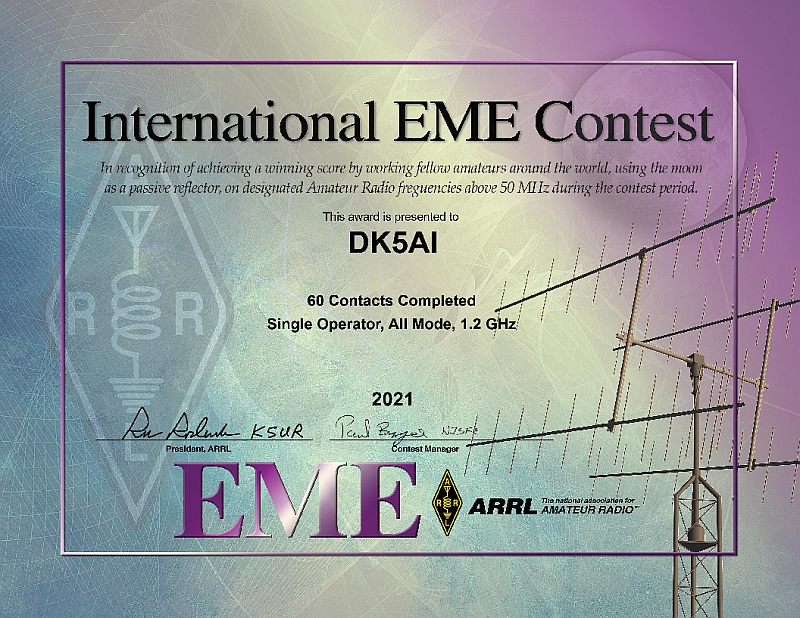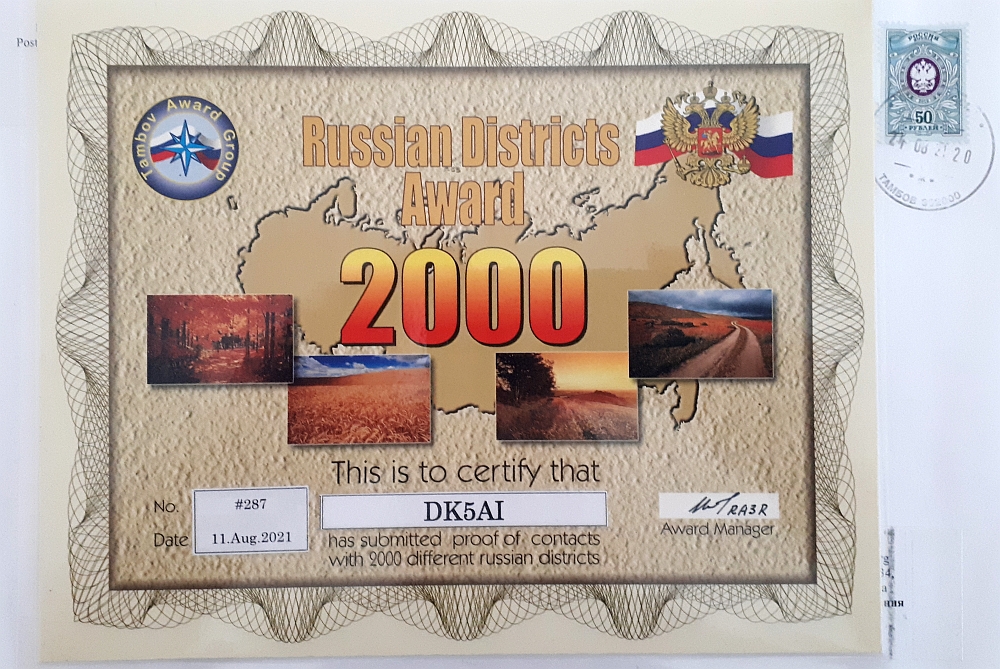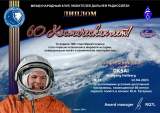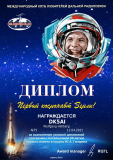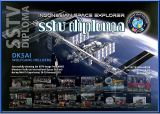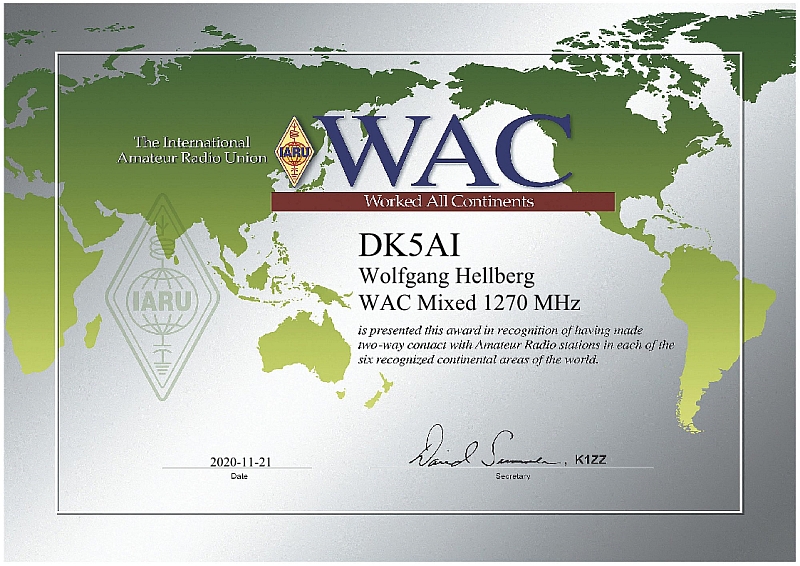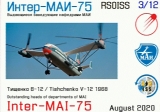
How it all began …
A long time ago, sometime in 1980, I observed my friend Fritz Herbst near Hanover, DL3YBA, doing echo tests on 144 MHz via the moon with his huge antenna array. At that time, of course, there were no digital modes of operation, telegraphy was the way to go. I used a 16 element Yagi from Tonna (F9FT), that was state of the art. Of course I didn’t hear His echoes, but it got me interested in EME (Earth-Moon-Earth) experiments.
Time passed and many unsuccessful attempts followed. Then on April 03, 1982, the moon was close to the western horizon, I suddenly heard the CW signals from Dave K1WHS – unbelievable!. At that time he had the largest 2m system in the world with 24 x 14 antennas. I called him in CW with my 500W into the 16 Element and .. whooow .. we made a QSO! Unfortunately, this was to remain my first and only EME contact for many years.
In 1988 there was another EME contact with Dave, W5UN in Texas (holder of 2m DXCC #1). With his superstation of 32 x 17 element he made an incredible signal via the moon. But then the game of 2m EME was over for me. With just one antenna it was not possible to work others beside those two Superstations and there was no space for a group of four yagis on our property.
When I got home, a new antenna was ordered, I decided on a 14 element Yagi from AnjoAntennen with a length of 6.7m and a gain of 13.5 dBi. A short steel pipe was concreted in the garden, the rotor was put on and the Yagi was fastened. Despite the short cable of about 15m, I mounted a preamplifier (HA8ET) near the feedpoint. When Beko’s SSPA arrived, things could get going. In the meantime, the EME world could not be imagined without the digital operating mode JT65 from K1JT and that was a quantum leap compared to telegraph operations. On August 26, 2017, I finally got going with just one antenna into the new EME world. I had set myself the goal of working a total of 10 different stations. To anticipate, that was already done on the second day. The target was revised upwards and upwards, 100 stations, 250 stations, DXCC! Nevertheless, EME with only one antenna is a hard way and in a pileup you are always the very last in the long line of callers. Of course there were setbacks at the beginning and a lot of new things to learn. In the first few months things progressed quickly, many new DXCC countries entered the log. However, due to the Covid crisis, these stopped in 2020 and a long boring periode began. Then finally, on November 12, 2022, a QSO with ZC4RH succeeded and the long-cherished dream – my 144 MHz DXCC Award was completed!

